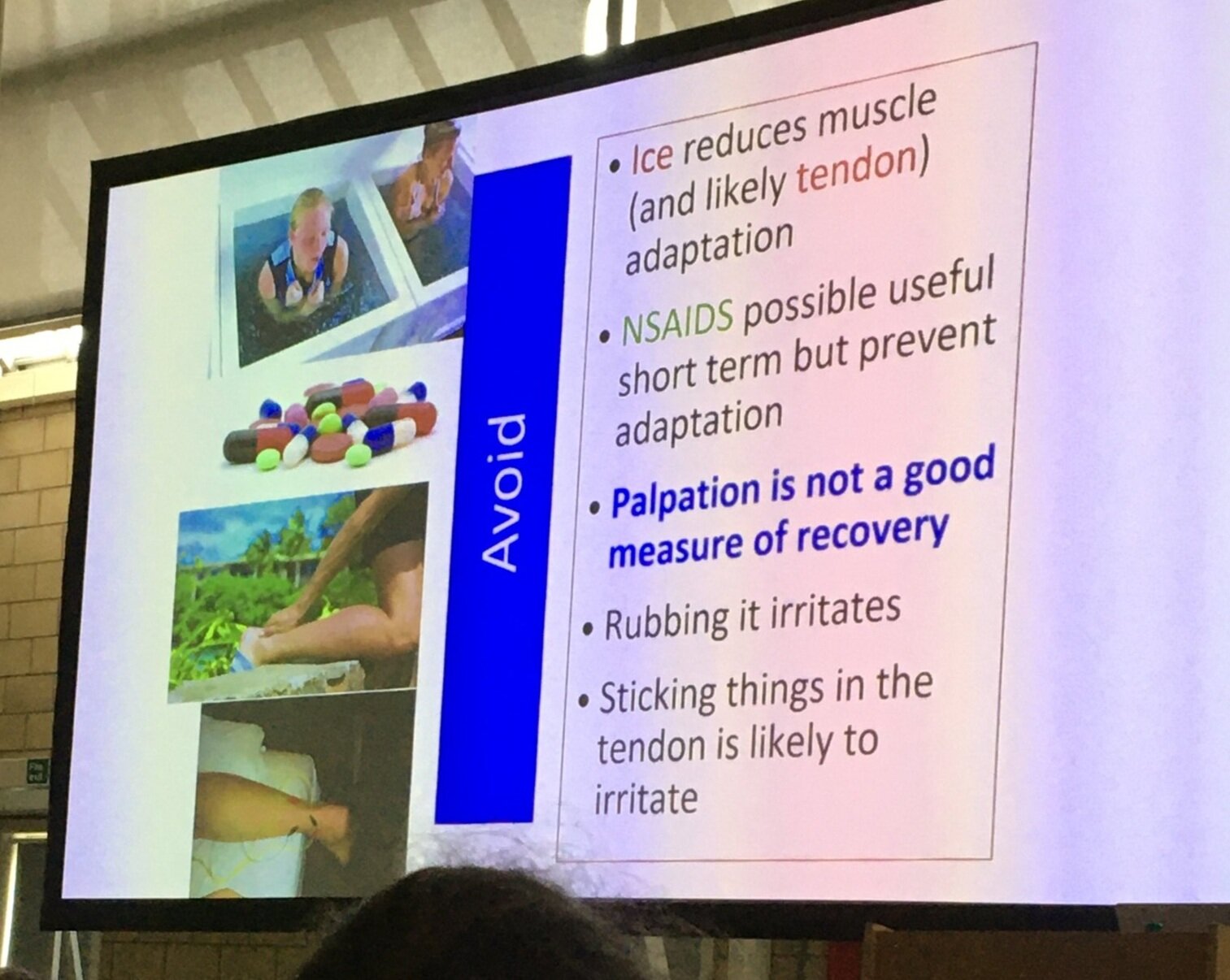Horses Inside Out Conference 2020 - Anatomy In Action Part 5
Hello and welcome to part 5 of my blog series on the Horses Inside Out Conference 2020 - Anatomy In Action.
Today I would like to share with you some of the points raised and discussed in the presentation by Seth O’Neil around Tendons and Tendinopathy Management and his work on how this translates from human athletes to equine athletes.
Seth’s clinical and research interests focus around tendon disorders and in particular lower limb tendinopathy and rupture. Seth works with Oakham Veterinary Hospital using ultrasound to detect tendon injuries in horses and recently presented to the British Equine Veterinary Association Conference in 2018.
I found Seth to be a fabulous and passionate presenter. His message was clear and his presentation detailed but also easy to follow and very relevant to many in the Equine world as I think there can be some lack of understanding in horse owners and also many professionals when it comes to tendon injuries, what they mean and how to rehabilitate them effectively.
I believe with modern research we should be moving on when it comes to the way we rehabilitate these types of injuries and move away from the traditional approach of long term box rest and I was pleased when others delegates approached this topic during the question opportunity at the end of the lecture and that Seth’s response was essentially MOVEMENT IS HEALING.
Here are a few of the key notes I took during Seth’s lecture, I hope these are useful to you. And apologise if I missed anything, these are my personal notes and ones that seemed most relevant to me:
Tendinopathy - the tendon gets big and fat!
The changes in the tendon are seen as dark areas on an ultrasound
Box rest is damaging to tendons, they will degrade due to understimulation
Tendinopathy can lead to tendon rupture - a catastrophic injury
NSAIDs (Bute) should only be used short term (5 days) for pain relief only
Long term NSAIDs will not be beneficial and may prevent recovery
Overload is a key trigger for tendon disorders
Strong muscles will shock absorb and protect the tendon
Tendon health is directly related to muscle health
Down hill work can be used to stress a tendon and aid recovery
Eccentric loading (down steps) is also useful during rehab
AVOID using ice, NSAIDs or palpation on a tendon injury
Tendinopathy isn’t hot, as it is not inflamed, cooling could be detrimental to the injury as it will reduce circulation
Keep the tendon calm and encourage recovery
Exercise is more beneficial to healing than ultrasound
Shockwave therapy works by damaging the tendon to try and stimulate repair
The real solution is LOAD - rehab / exercise
I hope you find these points useful, I certainly have and feel much more clear on how to deal with a tendon injury and rehabilitate it in the unfortunate event I am ever faced with one, either for myself or for a horse.
Thank you for visiting my blog, I look forwards to continuing with part 6 where I will share with you details from the presentation by Dr Andrew Hemmings on the subject of Training the horse’s brain.
Thank you to Horses Inside Out for allowing me to access their professional images.




